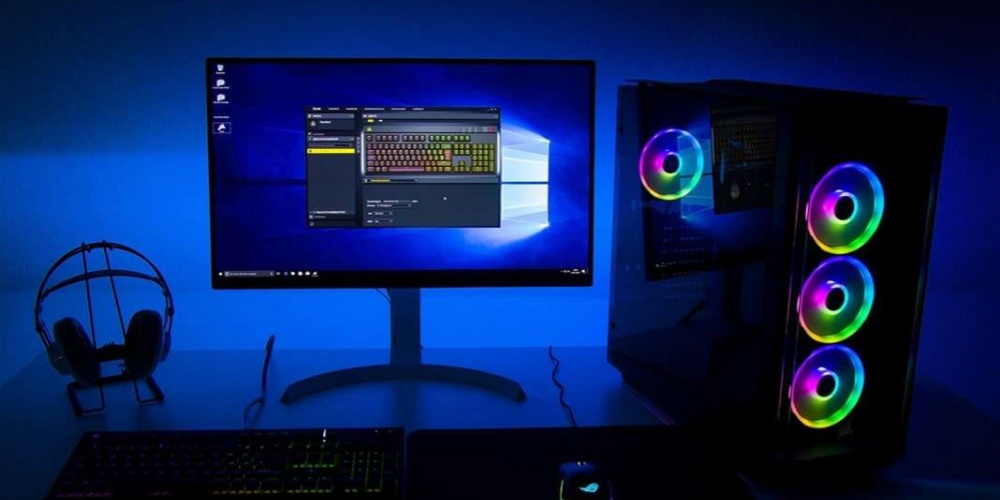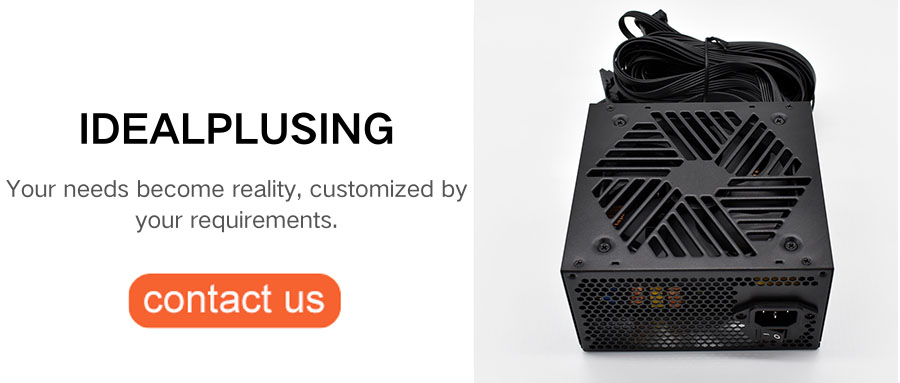As the "heart" of the computer system, the performance and specifications of the computer power supply directly affect the stability and energy efficiency of the whole machine. With the iteration of hardware technology and the emergence of market segmentation needs, power supply products have developed a diversified classification system. This article will analyze the current mainstream types of computer power supplies.
ATX power supply
Specification features: The standard size is 150×86×140mm (width×height×depth), and it uses a 24Pin motherboard power supply interface. It is the mainstream choice for desktop PCs.
Power range: 400W-1600W, which can meet the needs of office computers to high-end game consoles.
Technical evolution: The ATX 3.0 standard adds a 12VHPWR interface (supports PCIe 5.0 graphics cards), and the instantaneous power consumption carrying capacity is increased to 200%.
SFX/SFX-L power supply
Miniaturized design: The size is reduced to 125×63.5×100mm (SFX) or 125×63.5×130mm (SFX-L), and the weight is reduced by 40% compared with ATX.
Application scenarios: ITX mini host, HTPC home theater computer, typical power coverage 350W-850W.
Cooling challenge: Using 92mm ultra-thin fan, it is necessary to pass 80PLUS Gold certification or above to reduce heat generation.
TFX/Flex-ATX power supply
Ultra-thin form: TFX size is 85×65×175mm, and Flex-ATX is reduced to 81.5×40.5×150mm.
Special use: Commercial all-in-one computers, industrial control equipment, thin clients, the power is usually less than 400W.
Technical limitations: Due to volume limitations, passive PFC design is mostly used, and the conversion efficiency is generally below 80%.

Non-modular power supply
Structural features: All cables are directly welded and fixed to the power PCB board, reducing costs by 15%-20%.
Advantages and disadvantages: The non-detachable wires make it difficult to manage the wires, but the electrical connection reliability is higher.
Applicable objects: Basic office models with limited budgets or users who do not require high aesthetics.
Semi-modular power supply
Hybrid design: 24Pin motherboard and 8Pin CPU power supply lines are fixed, and the remaining SATA/PCIe interfaces are detachable.
Engineering value: A balance between cost and flexibility, with a market share of over 60%.
Fully modular power supply
Core advantages: The internal space utilization of the chassis is increased by 30%
Support for later expansion of RGB light strips or dedicated power supply for water cooling pumps
The above is the classification of PC power supplies, I hope it can help you.
IDEALPLUISNG:We focus on the research and development, sales and services in the fields of DC-DC power modules, AC-DC rectifier modules, DC-AC inverters, AC power supplies, DC power supplies, LED power supplies, chargers, rectifier systems, etc., providing personalized, efficient, reliable and cost-effective power solutions for all walks of life.
Thank you for considering our services.






